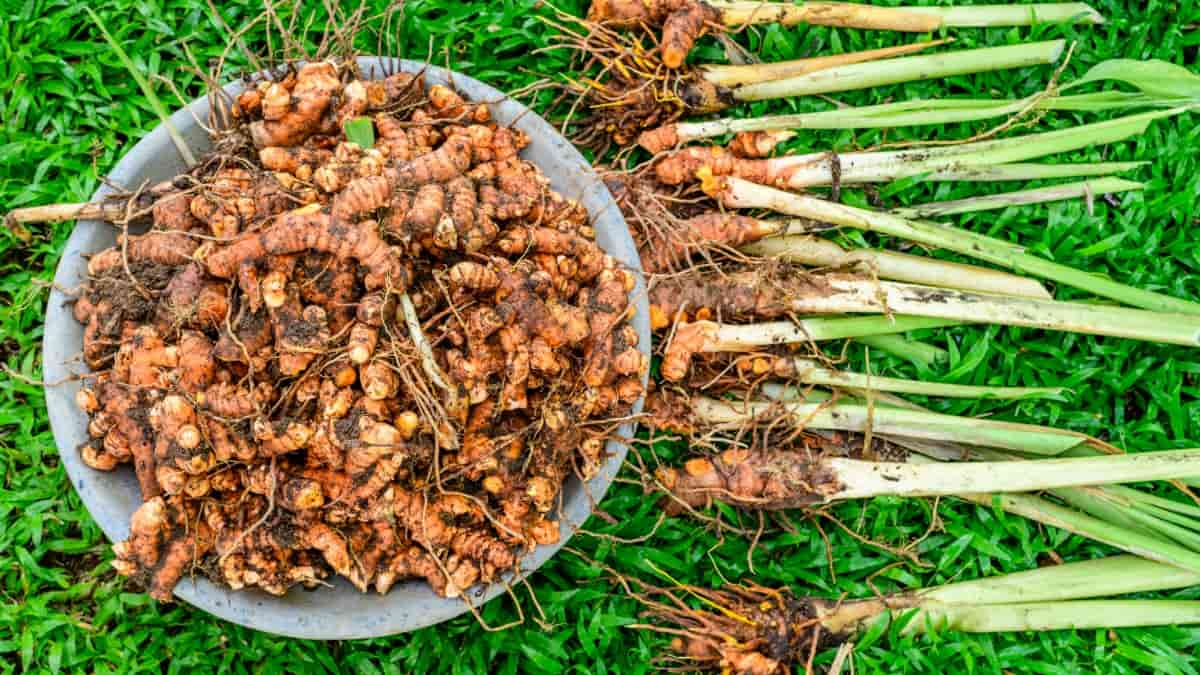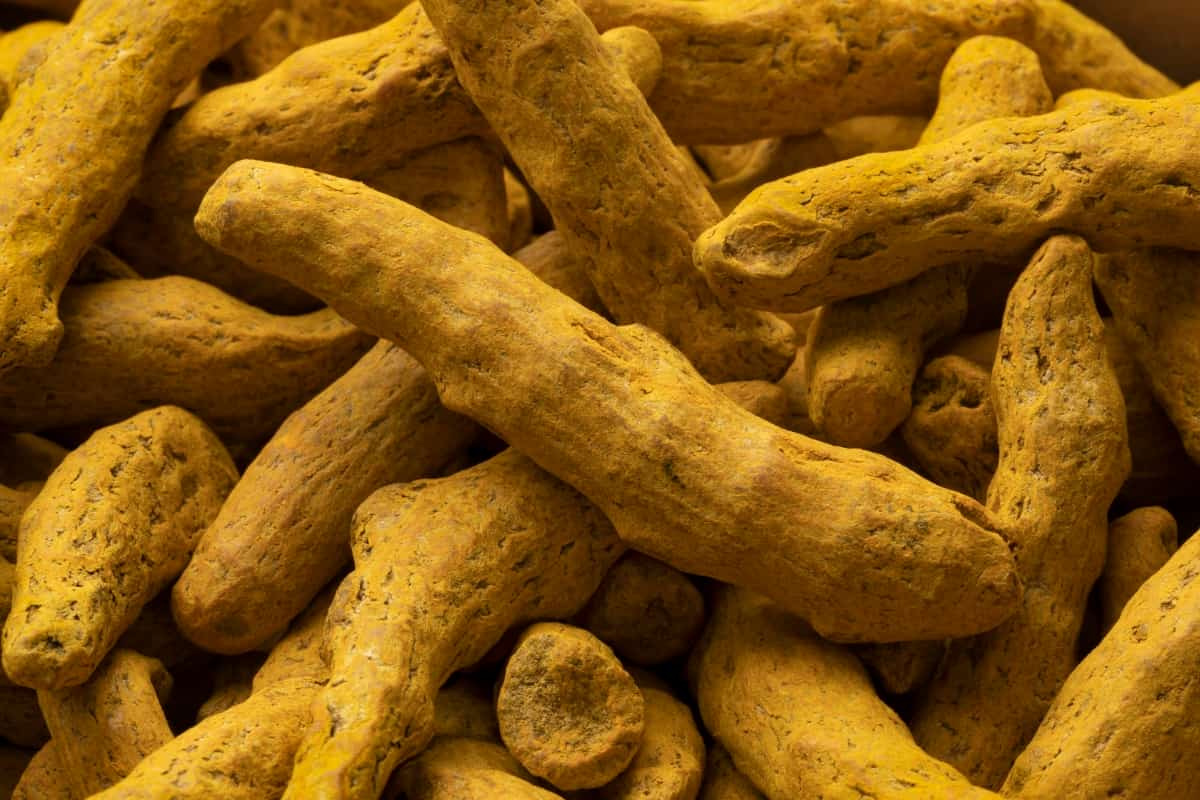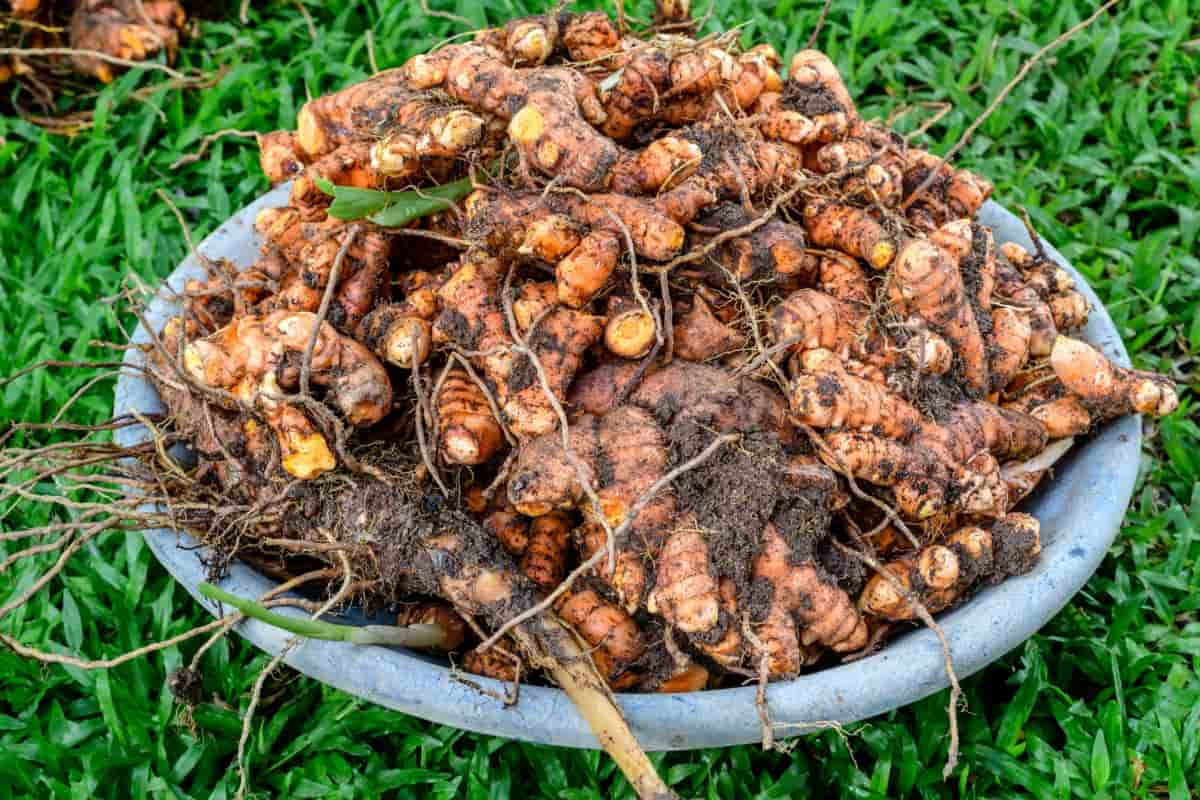Turmeric, a significant part of Indian cuisine, has been cultivated and consumed in large quantities since ancient times. With the global demand for this spice increasing due to its numerous health benefits, setting up a turmeric drying unit in India could be a potentially lucrative business opportunity. It involves multiple steps such as identifying the right location, procuring the raw material, the drying process, packaging, and eventually selling the product in the market.

How to Setup Turmeric Drying Unit in India
Initial Investment and Setup Cost
The unit’s size and machinery choice primarily influence the initial investment. The cost can vary between 10 to 50 lakhs INR, depending on the operation’s size. The price tag of the land, construction costs, machinery, and equipment costs contribute significantly to the setup cost. In terms of machinery, it involves procuring washing units, boiling pans, drying machines, polishing machines, and packaging machines. Furthermore, one must consider the cost of utilities like water and electricity, labor charges, transportation charges, and marketing costs.
Licensing and Requirements
Like any other business, establishing a turmeric drying unit involves obtaining specific licenses and permissions from different government agencies. Firstly, you must register your business with the Registrar of Companies (RoC) in India. Following this, you must obtain the Udyog Aadhar registration, a recognition certificate provided by the Ministry of Micro, Small, and Medium Enterprises. This is particularly advantageous as it allows businesses to avail themselves of government schemes and subsidies.
A Goods and Services Tax (GST) registration is also crucial. Other licenses include the FSSAI license (Food Safety and Standards Authority of India), which ensures your product meets the health and safety standards of the country. Since you will be dealing with agricultural produce, acquiring an Agricultural Produce Market Committee (APMC) license would be advantageous. This will allow you to purchase directly from farmers in APMC-regulated markets, eliminating intermediaries and reducing costs.
Business Plan and Execution
Once you’ve acquired the necessary permissions, the first step is identifying a suitable location for the setup. This location should preferably be near areas where turmeric is cultivated extensively to reduce transportation costs and ensure the freshness of the raw material. The infrastructure must have ample space for machinery installation, raw material storage, finished product storage, and areas for loading and unloading goods. Next comes the procurement of raw turmeric.
Forming a solid relationship with local farmers could ensure a steady supply of raw turmeric. The fresh turmeric is then washed to remove impurities and boiled for a few hours to achieve the desired color and aroma. It is then left to dry, which could take a few days. Once the turmeric is adequately dried, it is polished to give it a shiny appearance. After this, the turmeric is sorted, graded based on quality, and finally packaged and sealed. The packaged turmeric is now ready to be transported to the market for sale.
Marketing Strategy and Profit Analysis
Promoting your product well is important to make your business successful. You can do this in two ways: traditional methods like newspaper and TV ads, and digital methods like social media marketing and SEO. Traditional methods help you reach a bigger audience through newspapers, magazines, and TV. Digital methods help you reach people online and target specific groups on platforms like Facebook, Instagram, Twitter, and YouTube.
In case you missed it: How to Make Bougainvillea Bushy: Best Homemade Fertilizers, Composting, and Pruning Tips

As for the profit analysis, the major costs involved are raw materials, labor, machinery, and marketing. Let’s take a hypothetical example. If your total setup cost is around 20 lakh INR and your monthly operating cost (raw material, labor, utilities) is 2 lakh INR, let’s assume you produce around 5000 kgs of dried turmeric monthly.
The average selling price for dried turmeric in India is around 120 INR per kg. Hence, the total revenue per month will be around 6 lakh INR. Subtracting your operating costs, you’re left with a gross profit of 4 lahks INR monthly. However, considering other variable costs such as packaging, transportation, and marketing, your net profit may be around 2-3 lakh INR monthly.
It means you may achieve a breakeven point in approximately 10-12 months, a reasonable timeframe for any business. However, these approximations and real figures may vary based on factors such as fluctuating turmeric prices, operational efficiency, and market demand. It’s crucial to carry out detailed market analysis and financial projections before embarking on this business journey.
Sustainability and Future Prospects
The turmeric drying business in India is profitable and sustainable, given the constant demand for the product in the domestic and international markets. However, the success of this business largely depends on the efficiency of operations and the quality of the finished product. To make your business more sustainable, you can recycle water, use renewable energy, and cut down on waste.
In case you missed it: How to Make Rubber Plants Bushy: Best Homemade Fertilizers, Composting, and Pruning Tips

In terms of prospects, the market for dried turmeric is expected to grow as more and more people worldwide become aware of its health benefits. The rise of online marketplaces and the expansion of the food processing industry also contribute positively to this growth. If you ensure your product is top-notch and keep good relationships with suppliers and customers, drying turmeric can be a great chance for success.
Conclusion
Setting up a turmeric drying unit in India is a promising business proposition, given the growing demand for this spice in the global market. The initial investment required is substantial, but the returns are potentially lucrative. However, it’s a business that requires meticulous planning, adherence to quality standards, efficient operation, and effective marketing strategies. Before stepping into this venture, it is essential to have a solid business plan, conduct a thorough market study, understand the licensing requirements, and prepare for the challenges ahead.
- Feed Your Flock for Less: Top 10 Tips to Save on Chicken Feed
- Ultimate Guide to Ossabaw Island Hog: Breeding, Raising, Diet, and Care
- Hatching Answers: The Top 10 Reasons Your Chickens Aren’t Laying Eggs
- Eggs and Economics: Breaking Down the Cost of Raising Backyard Chickens
- Defend Your Greens: Proven Methods to Keep Iguanas Out of Your Garden
- Ultimate Guide to Cinnamon Queen Chicken: A Comprehensive Guide for Beginners
- Ultimate Guide to California Tan Chicken: Breeding, Raising, Diet, Egg-Production and Care
- Ultimate Guide to Marsh Daisy Chicken: Breeding, Raising, Diet, and Care
- 10 Types of Chicken Farming Businesses You Can Start for Profits